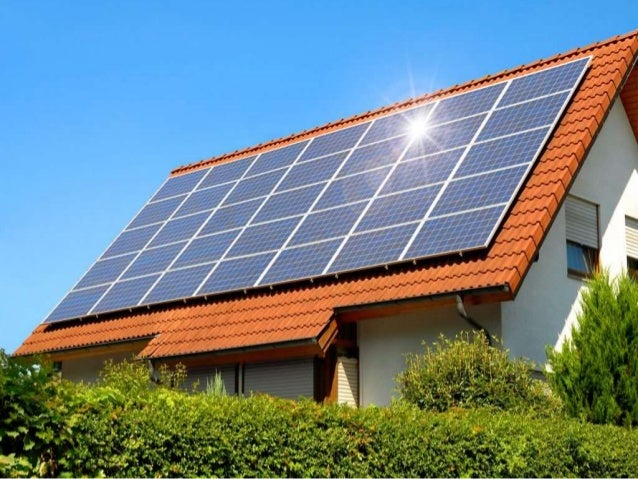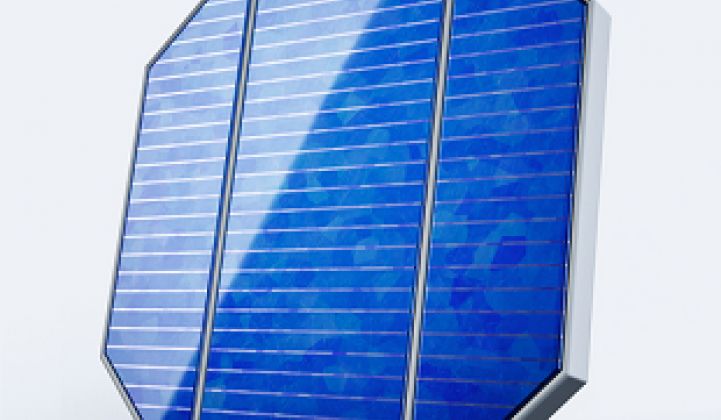
Siddique also devised a magic ingredient to make the device more stable and it was a molecular ink. A huge amount of Nitrogen was needed in mass production which made commercialisation nearly impossible. But that cell fabrication was only possible in glass-based glove box filled with Nitrogen gas.

In the previous record, a team of Chinese, Americans and Australians declared 13.5 per cent efficiency of the same type of solar cells. “It is the single largest high impact research published from KIER, Daejeon Campus in the recent times,” Yasir Siddique said. The patent is to be filed soon and the studies published in the top research journal of the world “ Energy and Environmental Science” have an impact factor of 38.532. Siddique’s record efficiency solar cell has been certified Photovoltaic test laboratory at KIER, is an ISO/IEC17025 certified test centre and accredited by Korea Laboratory Accreditation Scheme (KOLAS) which signed the ILAC-MRA (International Laboratory Accreditation Cooperation-Mutual Recognition Arrangement). This is the highest efficiency as compared to all solution-processed (perovskite/CISSe) solar cell category. Siddique’s recent innovation took three years to develop and finally the CISSe only cell allows the efficiency of 14.4 per cent when it is blended with perovskite (perovskite/CISSe) cell touched the efficiency of 23.03 per cent. However, Siddique’s cell falls in the emerging trend of Tandem solar technology and is now most efficient in its category.Īlso read: Promoting solar equipment manufacturing Different types of solar cell have different efficiencies for instance traditional silicon cell has efficiency from 15 to 20 per cent while concentrated solar cells could be 41 per cent efficient but need focused beams at one place. The first, second and third generation of solar cells is another way to describe them. There are many types of solar cells with varied efficiencies. So, the power conversion rate, roughly called the efficiency is the degree to which a solar cell converts energy from sunrays. However, the sunlight on any solar cell largely reflected or passed through the structure and a few per cent of energy converts directly from sunlight into electricity. Theoretically, the sun throws 1,360 watts per square metre of mixed energy on a surface directly facing it. Our sun is an average 150 million kilometres away but a primary source of light and heat for our planet.
Solarcell technology free#
The bandgap is the amount of energy needed to free the electron from any semiconductor the lower the bandgap the more it produces electricity.Ī close view of the solution based CISSe developed by Yasir Siddique. The stable solution-processed, low bandgap CISSe device perfectly works as a single cell, but could also be sandwiched with other thin-film solar cell materials having suitable bandgap as top cell-like recently emerging solar cell technology of Perovskite in tandem solar cell configuration.

Yasir Siddique – a PhD scholar at KIER and the University of Science and Technology (UST), Daejeon, South Korea – has designed and fabricated solution-processed Copper Indium Sulphu Selenide (CISSe) solar cells. The approach could help foster clean energy initiatives to combat the global warming issue.Ī team led by Dr SeJin Ahn, principal researcher at the Korea Institute of Energy Research (KIER) and consisting of Pakistani scientists, has made this remarkable solar cell technology.

PHOTO: EXPRESSĪ team comprising Korean and Pakistani scientists has developed a promising solar cell technology that sets two new world records of efficiency in the lab. Yasir Siddique with efficiency record holder solution based CISSe solar cell at his lab in KIER.


 0 kommentar(er)
0 kommentar(er)
